All About Your Knees

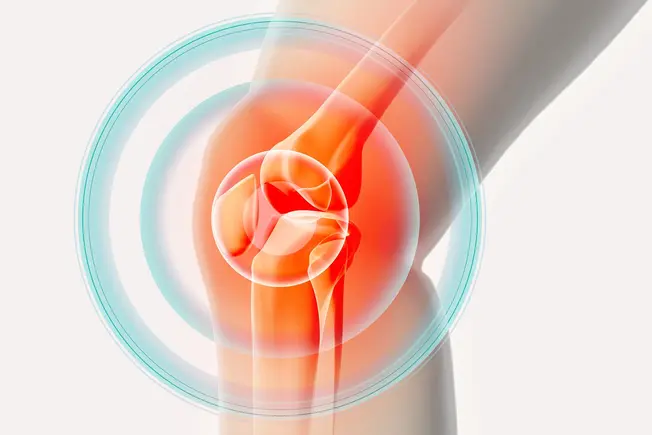
Knee
The biggest joint in your body is sort of like a Swiss Army knife. It helps you sit, stand, lift, walk, run, and jump. It also has lots of parts that can get injured: tendons, ligaments, cartilage, and bones that you can crack, tear, dislocate, and more.

Bones
Four bones meet to form your knee: your thighbone (femur), shinbone (tibia), the smaller bone that runs alongside it (fibula), and kneecap (patella). Any of them could crack (fracture) or break. Or a small piece might break off. You may also dislocate or move one of these bones out of place, especially your kneecap.
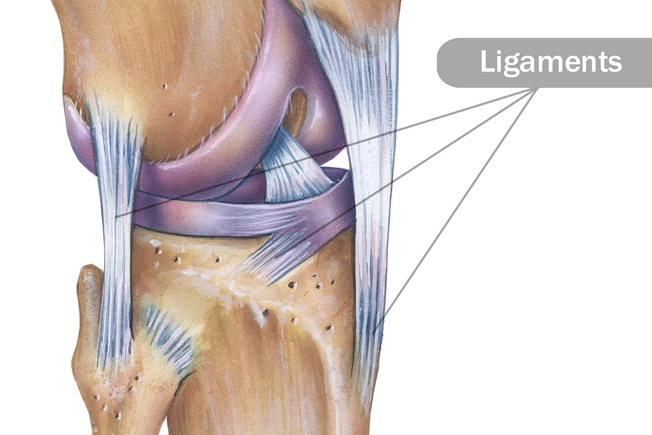
Ligaments
These tough, fibrous, stretchy cords connect one bone to another. They also help strengthen and bind joints together. They allow movement in some directions but prevent it in others. The knee has two main types. Collateral ligaments control sideways motion and keep your knee from moving in the wrong way. Cruciate ligaments are inside the joint and help it move forward and backward.
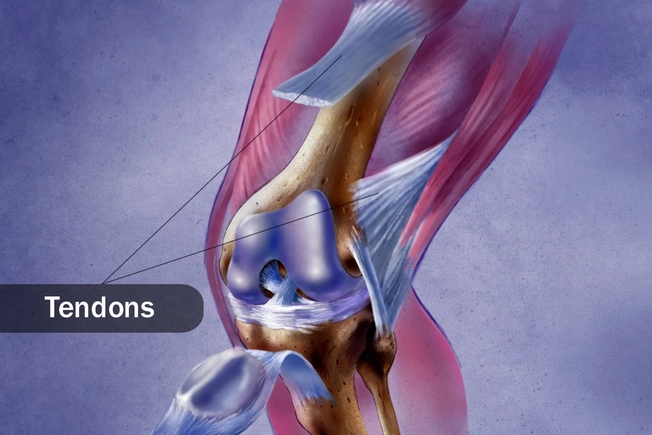
Tendons
These thick, fibrous cords connect muscle to bone so you can move your limbs. Your quadriceps tendon links your kneecap to the muscles on top of your thigh. Your patellar tendon continues down the leg and ties your knee to your shin.
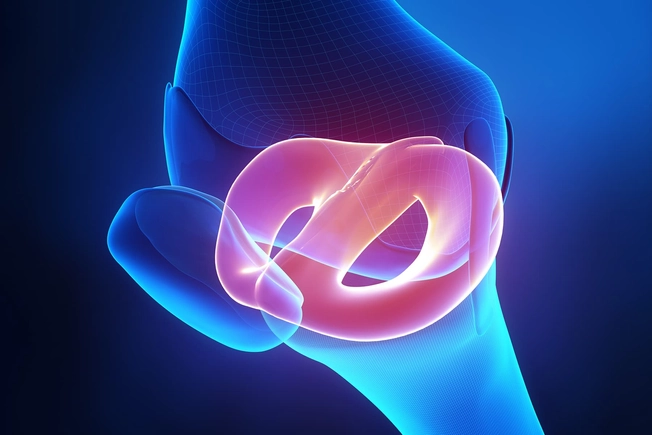
Meniscus
When the doctor says you’ve torn cartilage in your knee, it’s most likely these two triangle-shaped pieces. They work as shock absorbers between your thighbone and your shinbone, two of the biggest bones in your body. That’s why they’re more rubbery than other cartilage you have, including the rest of what’s in your knee.
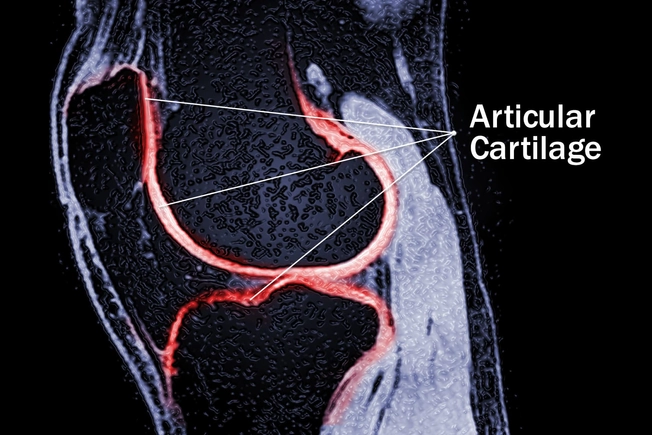
Articular Cartilage
This slippery stuff covers the ends of your thigh and shin bones. It even lines the back of your kneecap. That ensures all those parts slide smoothly across each other as you bend, lift, and straighten your legs. Injury, inflammation, infection, and diseases like arthritis can damage this cartilage and cause pain and swelling in your knee.
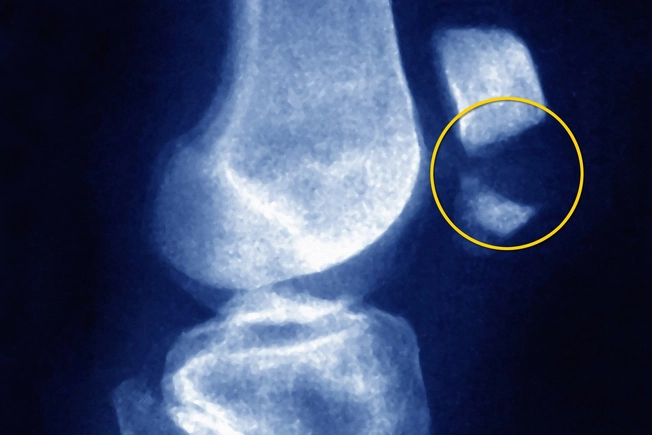
Patella Fracture
You can crack or break any of the bones in your knee, but the kneecap, or patella, is the most common. Injuries here usually result from a sudden fall or a car accident. You’ll have pain and swelling in the front of the knee, and you may not be able to straighten your leg or even walk. The kneecap breaks more easily as you age, especially if you have brittle bones (osteoporosis).
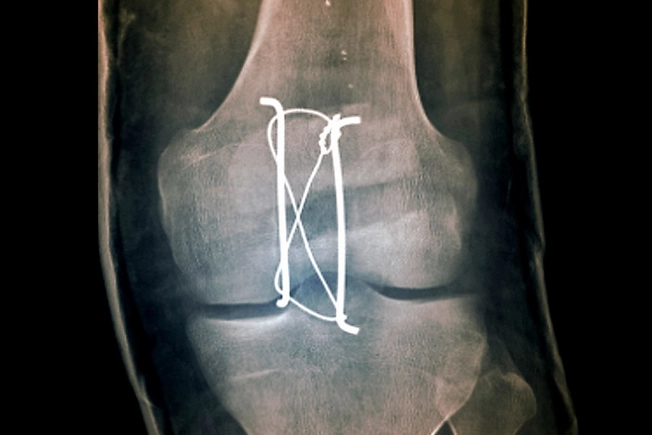
Patella Fracture Repair
Treatment depends on the type of break. If the pieces are close to each other and lined up like a jigsaw puzzle, you may just need a splint to help them to grow back together. But when there are lots of bone bits, or they’re too far apart, your doctor might suggest surgery. They might need to use screws and plates to put it back together.

Dislocation
There’s a V-shaped notch at the end of your thighbone. It holds your kneecap and gives it a groove to move through. If it’s oddly shaped or not deep enough, your kneecap can slide out. You may even notice it’s moved to the side. A hard hit or fall also could do it. Your knee might buckle or catch when you walk. You’ll have pain in the front of the joint that gets worse when you use it. You might hear creaking or cracking sounds.
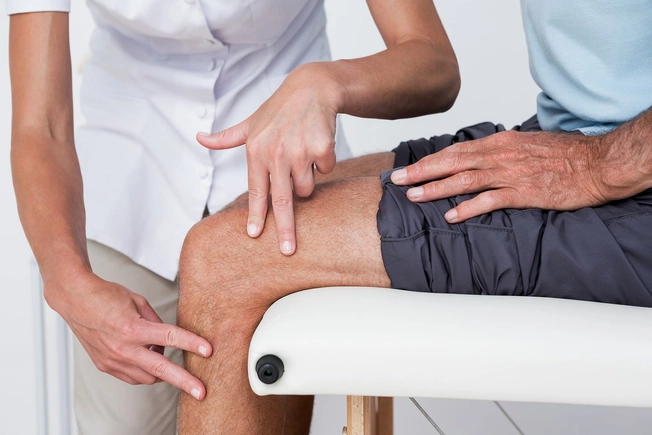
Dislocation Treatment
The first step is to get the kneecap back in the groove at the bottom of your thighbone. Your doctor will call this reduction. Sometimes it happens on its own. If not, your doctor may be able to push it back in place. If it’s only partly dislocated, splints, braces, or strengthening exercises could get it back where it belongs. If the dislocation damages the end of your thighbone or the back of your kneecap, you may need minor surgery to repair it.
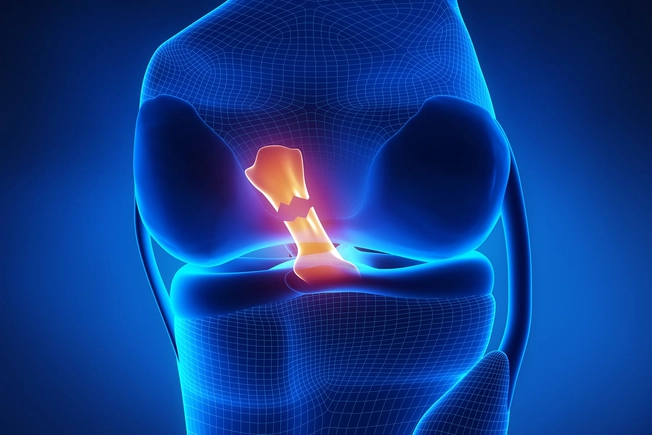
Cruciate Ligament Tear
This usually happens in the anterior cruciate ligament, or ACL, which runs crosswise in the middle of your knee. You can tear it with a sudden jump or change of direction, often in high-intensity sports like skiing, football, basketball, or tennis. You might hear a pop when it happens and notice pain and swelling. It can also damage other parts of the knee like tendons, bones, or other ligaments.

Cruciate Ligament Treatment
A torn ACL requires surgery to repair. The surgeon doesn’t stitch the ligament back together, but replaces it with tissue from elsewhere, often your hamstring. If you’re older or less active, the doctor might suggest you skip surgery and manage your symptoms with exercises, braces, and splints. Either way, physical therapy can lessen pain and improve motion.

Collateral Ligament Tear
This usually happens in one of two ways: Either something hits the outside of your knee, which damages the medial collateral ligament, or something hits the inside of the knee, which injures the lateral collateral ligament (this is less common). You’ll have pain and swelling. The joint may feel weak or unstable.

Collateral Ligament Treatment
These injuries rarely require surgery. Ice the area for 15-20 minutes at a time, with at least an hour between sessions. Your doctor can help you brace your knee to avoid the motion that caused the injury in the first place. You may also need to change your daily routine and exercise habits. You might have to use crutches to keep weight off the joint for a while. Physical therapy could also help.
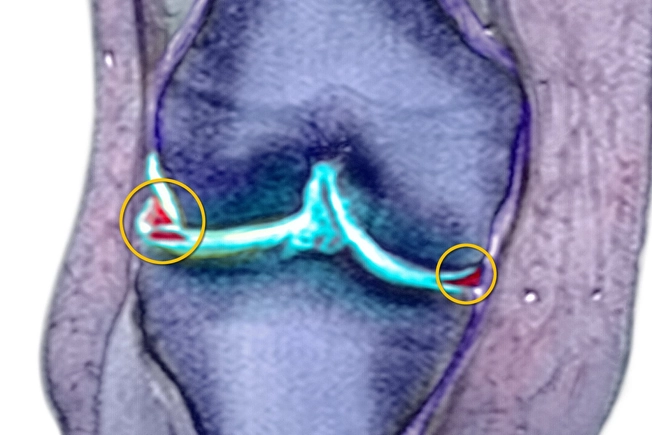
Meniscus Tear
This common knee injury often happens along with others, like a torn ACL. Contact sports make it more likely, as when you squat and twist in a football tackle, but it can happen to anyone. As you get older, the cartilage wears away, and you can tear it when you do something as simple as getting up from a chair. Along with pain and swelling, you might feel a pop as it tears and a catch when you try to move it.
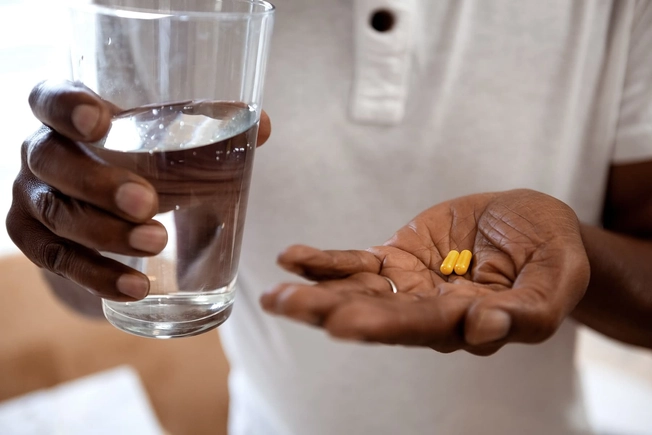
Meniscus Treatment
Start with RICE:
- Rest
- Ice (for 20 minutes at a time)
- Compression (elastic bandage wrap)
- Elevation (keep your knee above your heart)
It’s a good first step for any knee injury, and in this case, it might be all you need to heal. Nonsteroidal anti-inflammatory drugs (NSAIDs) like ibuprofen can also help. In more serious cases, your doctor may suggest surgery to either repair or cut away bits of the damaged cartilage.
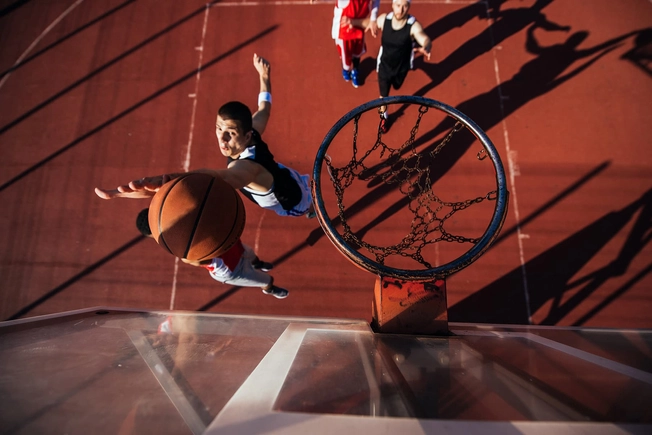
Tendon Tear
It’s more likely to happen if you’re middle-aged and take part in sports in which you run or jump. An awkward landing, fall, or direct hit to the knee makes it more likely. You might have pain, bruising, and even cramps. If the patellar tendon rips in two, your kneecap could drift up into your thigh. It normally takes a lot of force to tear a tendon, but age and conditions like inflammation, arthritis, lupus, and diabetes can weaken them, so they tear more easily.
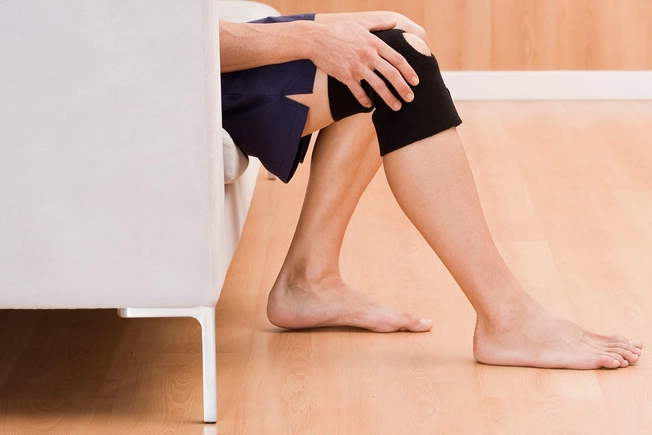
Tendon Treatment
Small tears don’t usually need surgery, but you’ll likely need a brace for 3 to 6 weeks and possibly crutches. For larger tears, especially if the tendon is torn completely in two, you’ll need surgery to reattach it to the kneecap. In general, the quicker you repair it, the better the outcome.